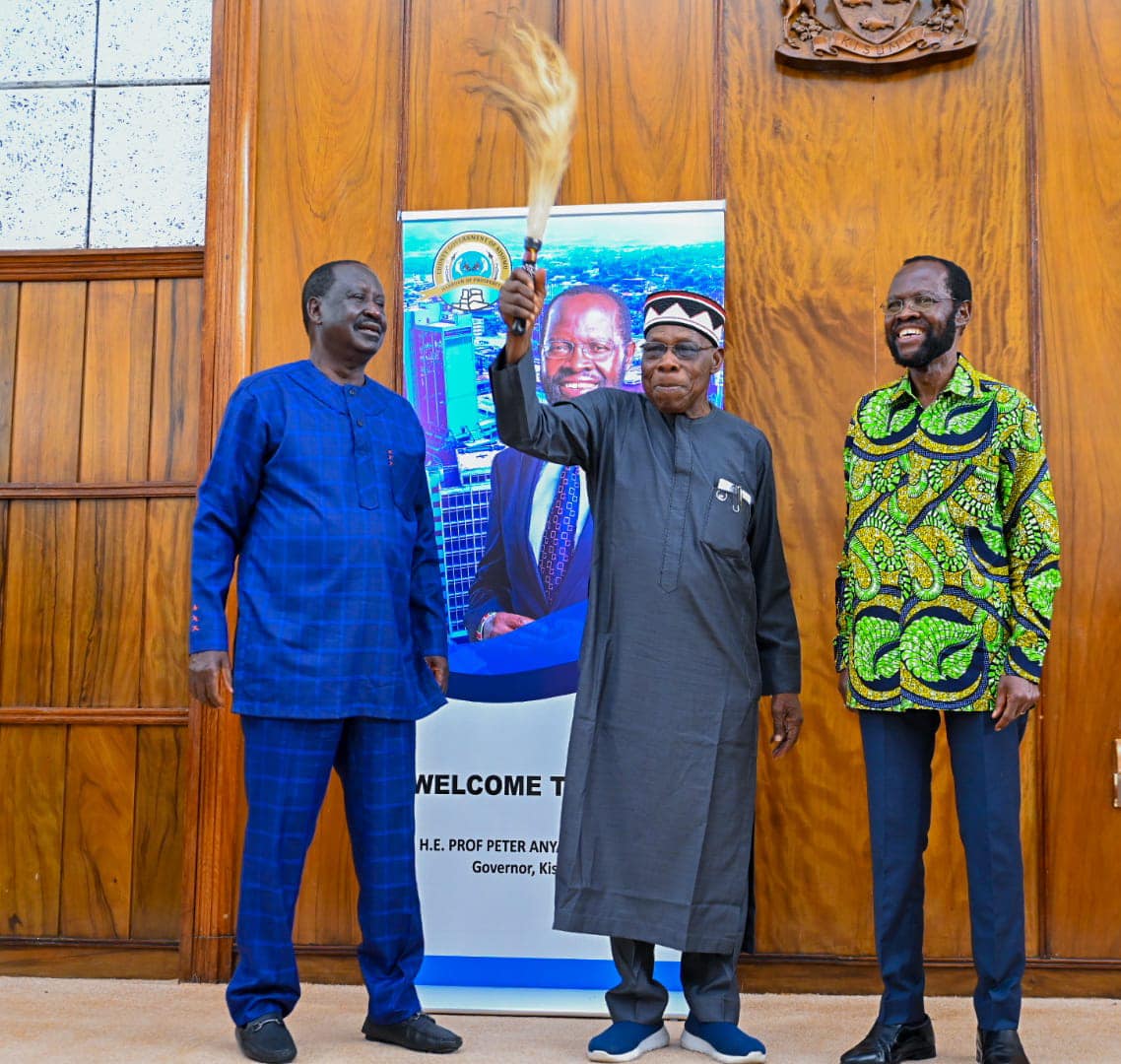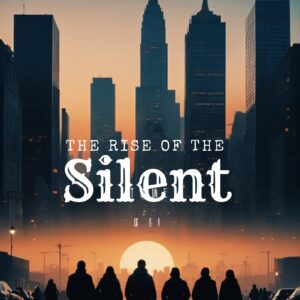By REUBEN MUSONIK, POLITICAL EDITOR
The Orange Democratic Movement (ODM), one of Kenya’s largest opposition parties, is facing mounting internal and external challenges as its leader, Raila Odinga, shifts his focus towards a bid for the African Union Commission (AUC) Chairmanship. Odinga’s ambitions have left a leadership vacuum in ODM, sparking factionalism and raising concerns about the party’s future direction in a volatile political landscape.
Leadership Void and Factional Struggles
With Odinga concentrating on his AUC campaign, Kisumu Governor Anyang’ Nyong’o has temporarily assumed leadership responsibilities within ODM. However, this move has done little to quell rising tensions. The party is grappling with leadership disputes in key regions like Kakamega and Kilifi, exposing its fragile internal unity. Various factions within ODM are now competing for influence, and the uncertainty surrounding Odinga’s long-term role has intensified these divisions. The internal power struggle, particularly between figures like former governors Hassan Joho and Wycliffe Oparanya, has created an environment of instability as they position themselves as potential successors.
This leadership dilemma comes at a critical juncture, with ODM needing to balance internal cohesion while navigating the broader political landscape. Nyong’o’s efforts to maintain order have been hampered by the party’s escalating factional disputes, raising questions about the party’s ability to stay united in the absence of its charismatic leader.
Allegations of Corruption and Scandal
Further complicating ODM’s situation are allegations linking key party figures to controversial infrastructure deals involving the Adani Group, an Indian conglomerate with close ties to Indian Prime Minister Narendra Modi. The deals, involving critical infrastructure projects in Kenya, have drawn scrutiny, with ODM’s Kisii Senator Richard Onyonka and Secretary-General Edwin Sifuna raising concerns about their transparency. These allegations have cast a shadow over John Mbadi, ODM’s National Treasury and Economic Planning Cabinet Secretary, who has been accused of helping sanitise the deals in cooperation with President William Ruto’s administration.
The involvement of high-ranking ODM members in these deals has sparked internal discontent and public outrage, as many within the party fear that such complicity undermines ODM’s commitment to transparency and integrity. This scandal threatens to further erode the party’s public standing and trust at a time when its leadership is already in flux.
Strategic Challenges Ahead
ODM now finds itself at a strategic crossroads. As the party grapples with internal leadership struggles and mounting scandals, it must decide how to balance its cooperation with President Ruto’s government while maintaining its ideological stance as an opposition force. The party leadership has called for an urgent crisis meeting to address these issues and clarify its position on key matters, including the involvement of ODM members in government positions.
The outcome of this meeting will likely determine the party’s trajectory as it prepares for grassroots elections and contemplates a future without Raila Odinga at its helm. Maintaining internal unity and addressing the ongoing corruption allegations will be critical for ODM’s future as it seeks to remain relevant in Kenya’s shifting political landscape.
A Moment of Transition
As Raila Odinga continues his bid for the AUC Chairmanship, ODM faces a pivotal moment in its history. The party’s ability to navigate this period of uncertainty will be a crucial test of its internal resilience and political adaptability. With factionalism, scandals, and leadership uncertainties all looming large, ODM’s future as a central player in Kenyan politics hangs in the balance. How the party addresses these challenges could determine whether it emerges stronger or succumbs to further fragmentation and decline.
-
Sale!

CURING HYPERTENSION: Simple Healing Secrets Revealed
$20.00Original price was: $20.00.$7.00Current price is: $7.00. Add to basket -
Sale!

Diabetes Reversal: Stop Medication and Live Worry-Free For Life
$20.00Original price was: $20.00.$5.00Current price is: $5.00. Add to basket -
Sale!

The Rise of the Silent
$7.00Original price was: $7.00.$3.00Current price is: $3.00. Add to basket -
Sale!

Win Back Your Financial Freedom: A Guide to Build Your Wealth
$7.00Original price was: $7.00.$3.00Current price is: $3.00. Add to basket




